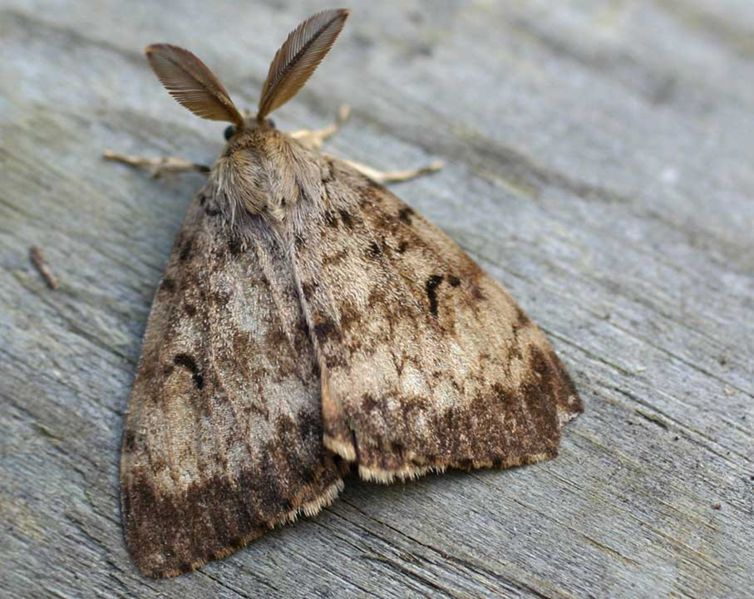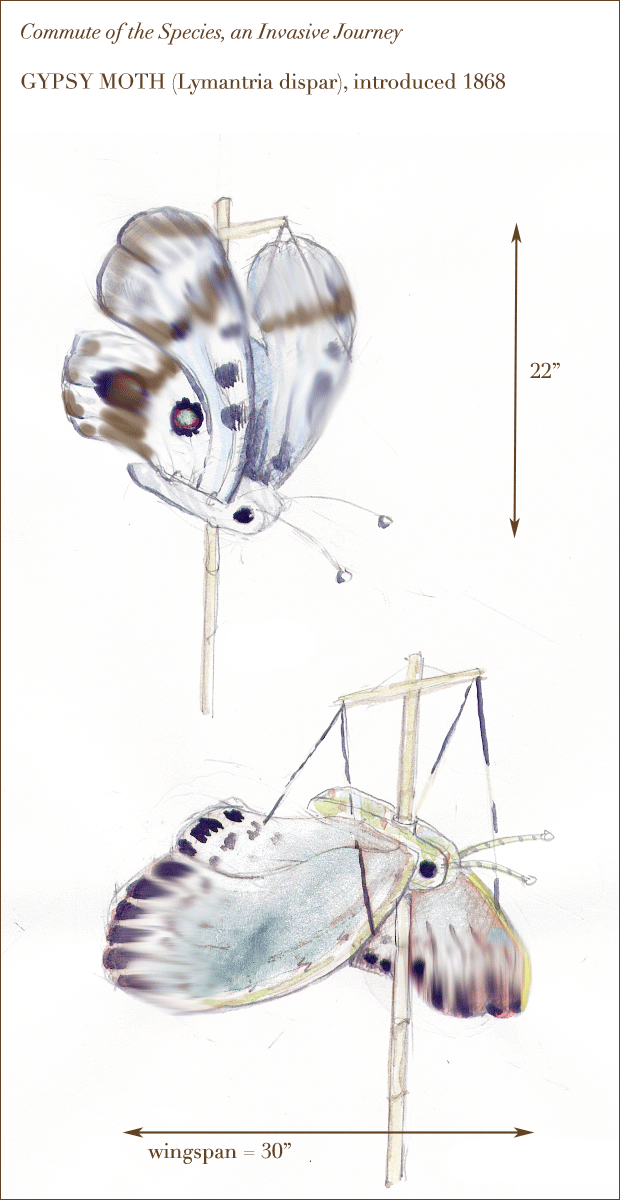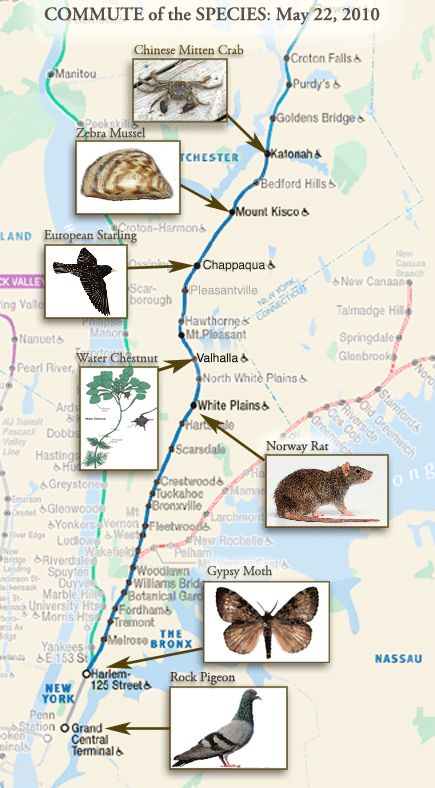CALL FOR PUPPETEERS!
On May 22, join us for a pageant of invasive species that will board a commuter train at various stations from Grand Central Terminal to Katonah, merging upon arrival with cacophonous street procession of puppets, costumes, and sound.
Commute of the Species was commissioned as part of the Katonah Museum of Art's exhibition The Art of Contemporary Puppet Theater. The performance will employ an accumulation of puppets on board a designated train to chronicle the arrival of non-native animal and animal species in the Hudson River Valley. This resulting site-specific puppetscape will transform the everyday commuter experience into an allegory of migration, habitat expansion, and unforeseen consequences – in effect, condensing 400 years of eco-history into a single one-hour train ride.
Commute of the Species will feature a core group of 30 puppets, representing various invasive animals and plants, from European starlings to zebra mussels. At 6 prearranged stops along the commuter rail line between NYC and Katonah, a contingent of puppeteers will embark and animate a variety of puppets and costumes. Over the course of the one-hour trip, the train will be gradually transformed into an living natural history museum, as each species appears in order of its historic arrival in the Hudson Valley. At the Katonah station, the entire menagerie will disembark, to be joined by other puppets large and small, who will lead a final procession through the streets of downtown Katonah, with commuters, Museum visitors, and intrigued passers-by in tow.
HOW TO TAKE PART:
Join us as a performer or puppet captain on board the MTA.
Volunteer to animate a commuting puppet, embarking with your fellow invasives at a pre-arranged Metro-North Railroad stop on the Harlem Line (see itinerary below), emerging at Katonah to take to the streets. Performers will be asked to dress appropriately for their species. Team Captains will take part in a "training" session on Friday May 21, and will also be responsible for transporting their species puppets to the designated station on May 22 (each species group fits in a standard vehicle).
Come along for the ride!
Even if the "official" puppet positions are filled, you can still join us on board the train. Either come in costume, as your invasive species of choice, or just come and watch the procession move along the aisles (bonus points for naturalist outfits or bird-watching gear).
Join us in Katonah / Bring Your Own Species!
What is your favorite (or most reviled) Hudson Valley invasive species? Japanese Knot-weed? Chinese Mitten Crab? Everyone is welcome to join the Commute of the Species in Katonah. If you would like to create your own elements to add to the procession, just meet us at the Katonah train station on May 22. You can research current and potential NYS invasive species at Cornell's excellent gateway website @ nyis.info. Or if you prefer to just show up for the procession, there may well be kudzu leaves or Asian long-horn beetles just looking for someone to animate them.
To participate, please fill out our online volunteer form. To learn more about the project, contact Karen Stein, Education Director, at kstein@katonahmuseum.org or (914)232-9555 x2969.


